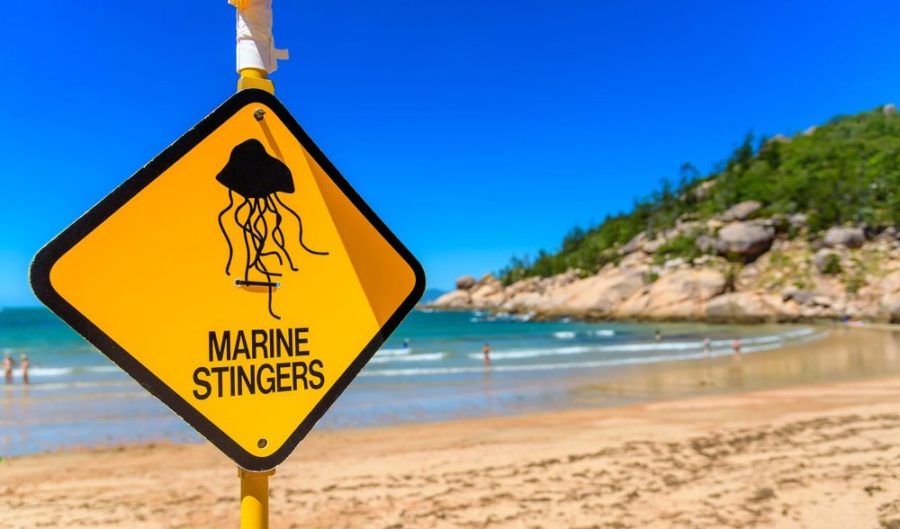Australian scientists have discovered an antidote to the lethal box jellyfish sting

PAIN RESEARCHERS from the University of Sydney have discovered the antidote to the sting of one of the most venomous creature on earth – Australia’s box jellyfish.
The team, led by Associate Professor Greg Neely and Dr Raymond (Man-Tat) Lau, were studying how the box jellyfish sting causes pain when they discovered that an existing cholesterol medicine works to block the symptoms of the deadly sting (provided that it is administered within 15 minutes).
The box jellyfish sting releases toxins that attack the heart, nervous system, and skin cells. In some cases, the burning pain felt upon initial contact is so intense that the victim goes into shock and drowns before even reaching the shore. Since records began in 1883, around 68 people have died from box jellyfish stings.
The study used venom collected from the Chironex fleckeri (or sea wasp) – a species of box jelly that is known to have an especially painful sting. This large stinger is transparent with a box-shaped bell and up to 60 tentacles that can grow up to three metres long. Each tentacle has millions of microscopic hooks, which collectively hold enough venom to kill 60 people.
Using CRISPR technology (a powerful ‘cut and paste’ gene editing tool), the team generated millions of human cells – each missing one of their 19,050 genes. Once the venom was introduced, they looked to the surviving cells to see which genes were missing.
“We used CRISPR to switch off every gene in the human genome and find out which human genes jellyfish venom needs to kill cells,” said Professor Neely. “From this, four out of the top ten genes needed were part of the cholesterol biosynthesis pathway.”
Having identified that cholesterol is what enables the venom to cause tissue death and pain, the team then tested the effectiveness of existing cholesterol-targeting drugs to see whether they could block the venom. Two drugs, MbCD and HPbCD, were successful in preventing cell death if administered within 15 minutes.
“These drugs work by removing cholesterol from the human cell membranes, and this cholesterol is required for jellyfish venom to kill cells and cause tissue damage,” said Professor Neely.
The antidote was injected in the study; however the plan is to create a spray or a topical cream.
“The argument against a cream is when you are stung it leaves lots of little stingers in you so if you rub the cream on it might be squeezing more venom into you. But if you spray, it could neutralise what’s left outside of your body,” said Professor Neely.

